In the world of equine evolution, horses have galloped from wild plains to becoming essential partners in human civilization. Their natural biological adaptations have made them marvels of speed, strength, and beauty. But in today’s rapidly advancing technological landscape, some horses are being equipped with cutting-edge innovations that transform these magnificent creatures into high-tech marvels. From performance-enhancing equipment to health monitoring systems, the modern horse is experiencing a technological revolution unlike anything seen in their 50-million-year evolutionary history. This article explores the fascinating intersection of traditional horsemanship and modern technology, examining what might be considered the most high-tech horse in existence.
The Evolution of Equine Technology

The relationship between horses and technology isn’t entirely new, dating back to the invention of the first saddles and bridles thousands of years ago. These initial technologies were designed to make horses more useful to humans while providing some comfort and control. As centuries passed, innovations like specialized horseshoes, improved saddle designs, and breeding programs represented the cutting edge of horse technology. Today, however, we’ve entered an era where digital sensors, artificial intelligence, biomechanics analysis, and advanced materials science have created horses that would be unrecognizable to equestrians from even fifty years ago. This rapid acceleration of equine technology has transformed not just how we ride and care for horses, but how we understand their capabilities and needs at a fundamental level.
Smart Saddles: The Command Center

At the heart of the high-tech horse revolution is the smart saddle, essentially a command center for both rider and equine data collection. These advanced saddles incorporate pressure sensors that map exactly where the saddle contacts the horse’s back, providing real-time feedback about weight distribution and potential pressure points that could cause discomfort or injury. Some models include integrated GPS tracking, speed monitors, and even stride analysis technology that measures the symmetry and cadence of the horse’s movement. The most sophisticated versions can transmit this data wirelessly to smartphones or tablets, allowing riders and trainers to analyze performance metrics during or after a ride. These saddles represent a quantum leap from traditional leather counterparts, turning what was once a simple riding tool into a comprehensive data collection platform.
Biometric Monitoring Systems
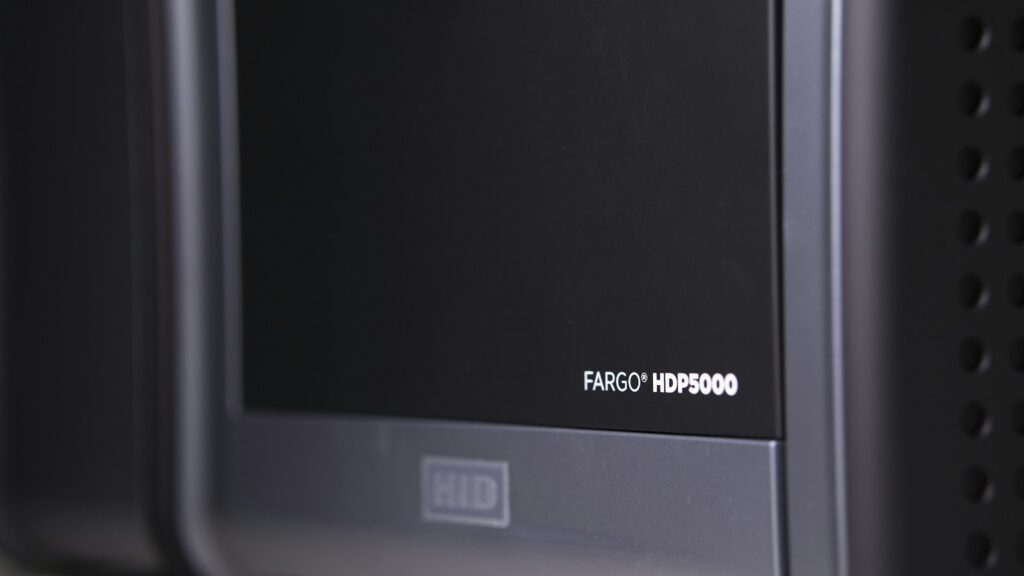
Modern high-tech horses are often equipped with sophisticated biometric monitoring systems that would impress even medical professionals. These wearable technologies can track heart rate, respiratory patterns, temperature, and even stress hormone levels in real-time. Advanced systems use machine learning algorithms to establish baselines for individual horses and can alert caretakers when measurements deviate from normal ranges, potentially catching health issues before they become visible to the human eye. For elite competition horses, these systems provide critical data on recovery times, optimal training intensities, and overall fitness levels. Some cutting-edge monitors can even predict issues like colic or lameness hours or days before clinical symptoms appear, revolutionizing preventative equine healthcare.
Augmented Reality Training Tools

Augmented reality has found its way into equestrian training, creating unprecedented learning opportunities for both horses and riders. Special AR headsets for riders can overlay ideal riding positions, correct arena patterns, or training exercises directly onto their field of vision during riding sessions. For horses, specially designed arenas with projection technology can create virtual obstacles, simulated competition environments, or even expose young horses to potentially frightening stimuli in a controlled setting. Some advanced systems incorporate sound elements to help desensitize horses to noise distractions they might encounter during competitions. These technologies allow for more efficient, precise training while reducing physical wear and tear on both horse and rider during repetitive schooling exercises.
3D-Printed Custom Equipment

The advent of 3D printing has revolutionized how equipment is designed and manufactured for the modern high-tech horse. Rather than relying on mass-produced items, horses can now benefit from custom-printed bits, stirrups, and even orthopedic horseshoes designed using 3D scans of their individual anatomy. For horses with unusual conformations or specific therapeutic needs, this technology allows for perfect-fitting equipment that can address unique biomechanical issues. Some companies now offer titanium-infused 3D-printed horseshoes that are significantly lighter than traditional steel shoes while providing better traction and wear characteristics. The most advanced applications include biodegradable 3D-printed implants for horses recovering from certain injuries, designed to support healing tissues and gradually dissolve as natural tissue regenerates.
Genetic Technology and Breeding

Behind the scenes of the high-tech horse revolution is the application of genetic technology that has transformed breeding programs. Modern breeding operations utilize genetic mapping to identify desirable traits and potential health issues long before a foal is conceived. Advanced reproductive technologies like intracytoplasmic sperm injection (ICSI) allow breeders to produce offspring from valuable genetic lines that might otherwise be lost due to fertility issues. Some cutting-edge breeding programs are even exploring gene editing technologies to address hereditary conditions that have plagued certain breeds for generations. This genetic approach to creating the “perfect horse” represents perhaps the most fundamental technological intervention, as it shapes the very biological foundation upon which all other technologies are applied.
Smart Stables and Environmental Control

The environments housing high-tech horses have become as sophisticated as the animals themselves. Smart stables utilize automated systems to monitor and control temperature, humidity, and air quality to create optimal living conditions year-round. Automated feeding systems can dispense precisely measured amounts of feed at programmed intervals, ensuring consistent nutrition while reducing labor costs. Some advanced facilities incorporate noise-cancellation technology to eliminate stress-inducing sounds and promote better rest. The most sophisticated stables even include automated exercise systems like horse treadmills, swimming pools, and mechanical walkers that can be programmed for specific rehabilitation or conditioning protocols when humans aren’t available to work with the horse.
Performance-Enhancing Apparel
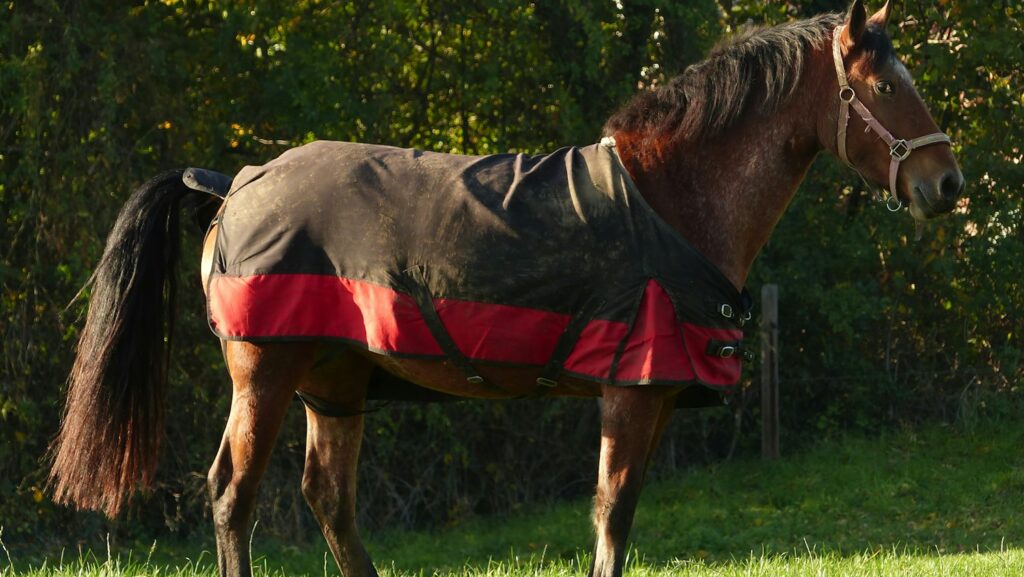
The high-tech horse often wears clothing that goes far beyond traditional blankets and fly sheets. Compression garments developed based on human athletic wear are now designed specifically for equine anatomy, promoting better blood circulation and potentially reducing recovery time after intense exercise. Specialized cooling blankets incorporate phase-change materials that help regulate body temperature during hot weather or after strenuous workouts. Some competitive horses wear aerodynamic suits during speed events, designed in wind tunnels to reduce drag and potentially shave crucial fractions of seconds off times. The most advanced therapeutic clothing includes integrated pulsed electromagnetic field (PEMF) technology that can deliver therapeutic treatment to specific muscle groups while the horse goes about its normal activities.
Advanced Imaging and Diagnostic Tools

The health care available to high-tech horses rivals that of human athletes in sophistication and precision. Portable ultrasound devices allow for field-side assessment of soft tissue injuries without requiring transportation to clinic facilities. Thermographic imaging cameras can detect subtle temperature variations that might indicate inflammation before it’s visible or palpable. For more comprehensive diagnostics, standing MRI machines designed specifically for horses can provide detailed images of limbs while the horse remains conscious and standing, eliminating risks associated with general anesthesia. Some cutting-edge equine hospitals now offer PET scanning technology that can identify issues at the cellular level, revolutionizing the early detection of career-threatening conditions like navicular syndrome or early arthritic changes.
Robot-Assisted Care and Management
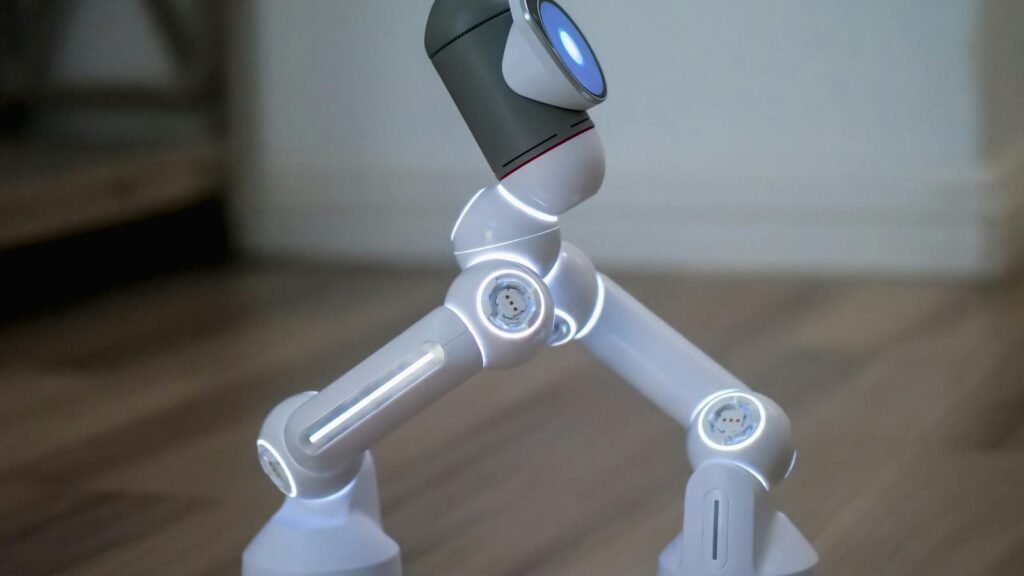
Robots have begun to enter the world of horse care, performing tasks that range from mundane to highly specialized. Automated grooming stations can brush a horse’s coat, clean hooves, and even apply fly spray without human intervention. For rehabilitation purposes, robotic walking machines can provide precisely controlled movement for horses recovering from injuries, maintaining consistent speed and support. Some breeding operations utilize robotic dummy mares that can safely collect semen from stallions while eliminating the risk of injury to handlers and live mares. The most advanced robotic systems include AI-powered surveillance that can monitor horses 24/7, alerting caretakers to unusual behaviors like colic symptoms or a horse that hasn’t been lying down to sleep.
Virtual Reality for Mental Conditioning

Perhaps one of the most futuristic technologies applied to high-tech horses is the use of virtual reality for mental conditioning. Special helmets modified for equine heads can expose horses to virtual scenarios that might otherwise be difficult or dangerous to recreate. Competition horses can experience the sights and sounds of major venues before ever stepping foot inside them, potentially reducing stress during actual events. For horses with specific phobias or behavioral issues, VR therapy can gradually introduce triggering stimuli in a controlled manner as part of desensitization training. Though still in experimental stages, some researchers are exploring two-way VR systems that would allow a trainer to see what the horse sees, providing unprecedented insight into the equine perspective during various activities.
Regenerative Medicine and Biotech Treatments
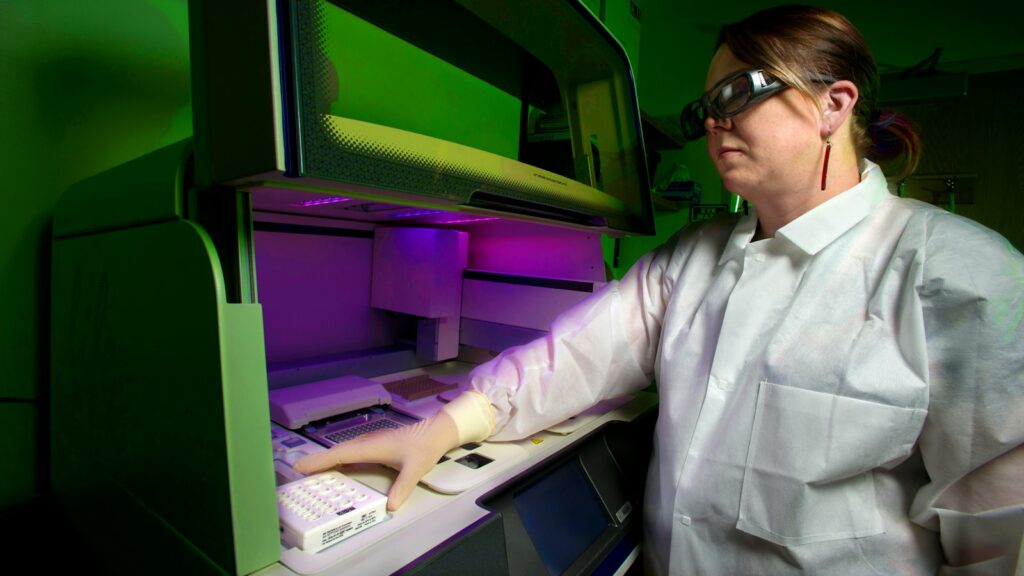
The most advanced medical technologies available for equines involve regenerative medicine and biotechnology treatments that would have seemed like science fiction just decades ago. Stem cell therapies extracted from the horse’s own fat or bone marrow can be cultured and injected into damaged tissues to promote healing with the body’s own regenerative capabilities. Platelet-rich plasma treatments concentrate healing factors from the horse’s blood to accelerate recovery from tendon and ligament injuries. For joint issues, IRAP (Interleukin-1 Receptor Antagonist Protein) therapy uses the horse’s own biological mechanisms to reduce inflammation without the side effects of traditional medications. The cutting edge of this field includes 3D-bioprinted cartilage and even experimental gene therapy approaches targeting specific musculoskeletal conditions that have historically ended athletic careers.
The Ethical Considerations of High-Tech Horses
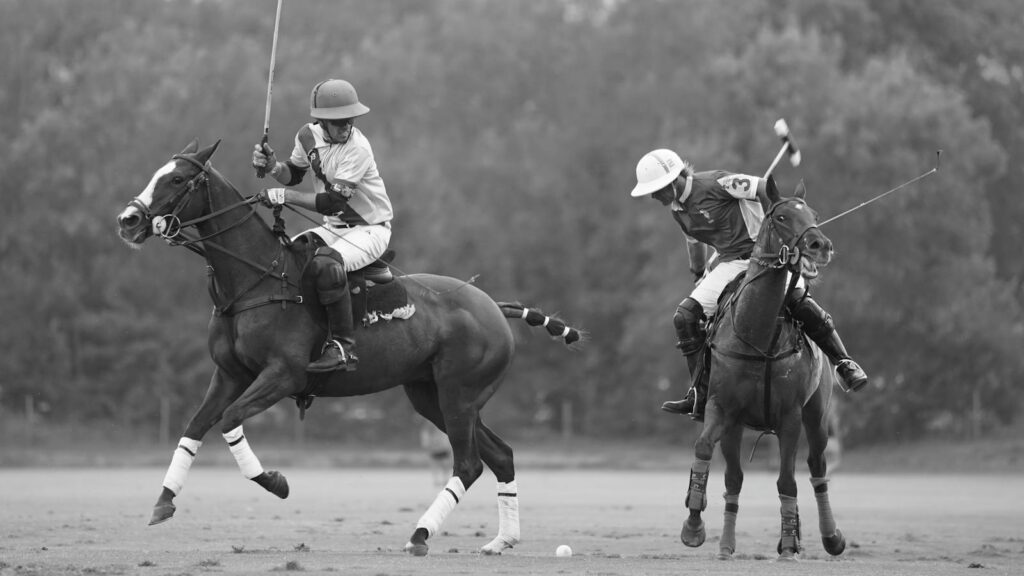
As horses become increasingly augmented with technology, important ethical questions arise about the boundaries between enhancement and exploitation. Critics argue that some technologies push horses beyond their natural capabilities, potentially increasing injury risks or masking pain that would naturally limit activity. There are also concerns about creating a two-tiered equestrian world where only wealthy owners can afford high-tech advantages, potentially undermining the spirit of fair competition. Advocates counter that many technologies actually improve welfare by providing earlier detection of problems and more precise, individualized care than traditional approaches. The equestrian community continues to grapple with establishing appropriate regulations and guidelines that balance technological innovation with the horse’s well-being as the primary consideration.
conclusion
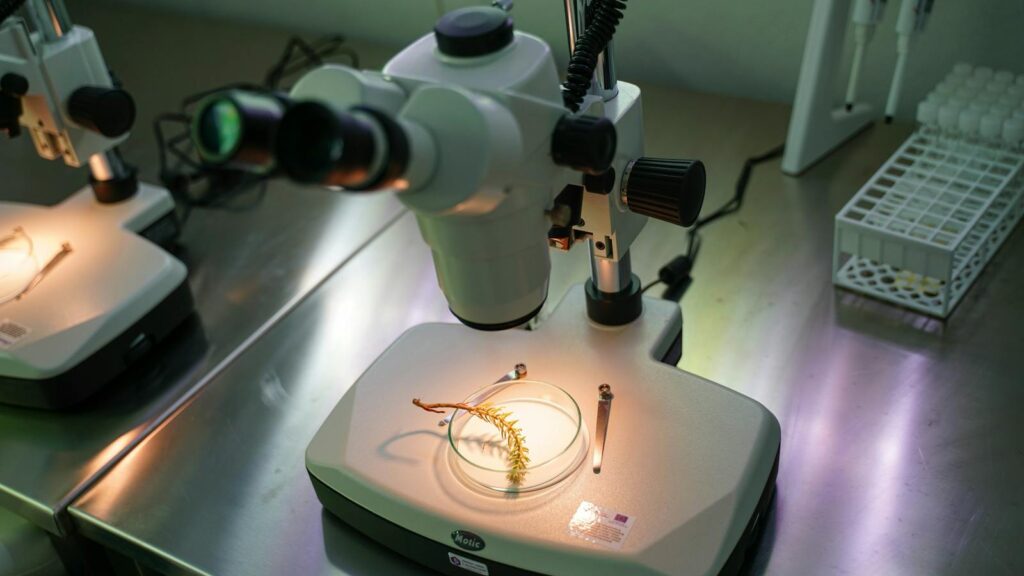
The high-tech horse represents a fascinating convergence of ancient partnership and cutting-edge innovation. While no single horse likely incorporates all the technologies described here, the collective advancement in equine technology is transforming every aspect of how we breed, train, care for, and compete with these magnificent animals. As with all technological revolutions, the key will be harnessing these innovations to enhance both performance and welfare, ensuring that even as horses become more “high-tech,” we never lose sight of the remarkable natural creature at the heart of all this technology. The most advanced horse, ultimately, may be one where technology serves to amplify its natural abilities while preserving its essential nature – a balance that responsible innovators in the equestrian world continue to pursue.







